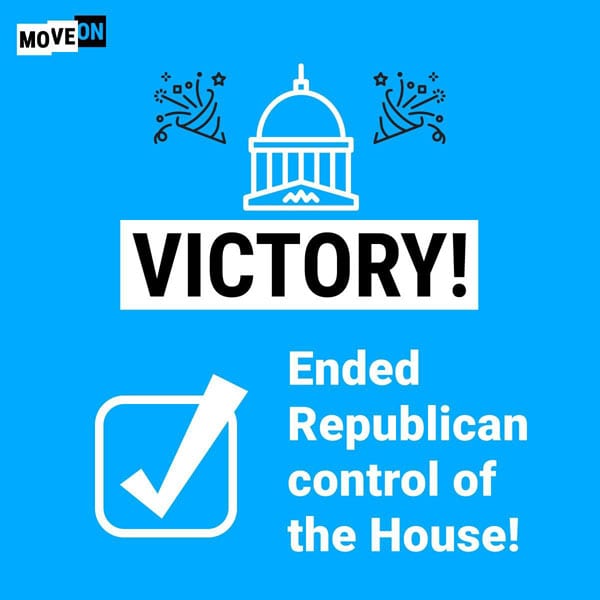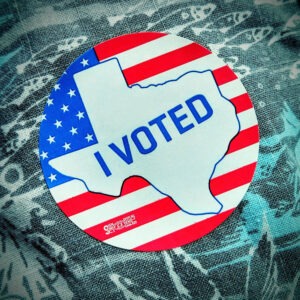
November 5, 2018; Wired
While there are certainly some that credit Facebook with deepening divisions in this country, others are trying to work with it as a given. For instance, MoveOn was the largest political advertiser on Facebook last week, and they have had quite an experiment up their sleeve, bringing to question the power of persuasion when it comes to political social media ads.
Leading up to yesterday’s election, the progressive advocacy group reached out to its community and collected about 2,500 videos from Americans of all ages speaking on ballot issues that they believe in that impact their lives, from supporting candidates addressing the wage gap to the treatment of undocumented immigrants. MoveOn then transformed this collection of personalized videos into Facebook ads aimed at voters in 91 House races, targeting 20 million prospective voters that could potentially swing midterm elections in favor of the Democratic Party.
Here are two examples of the many videos now being featured in MoveOn’s Facebook ads:
Sign up for our free newsletters
Subscribe to NPQ's newsletters to have our top stories delivered directly to your inbox.
By signing up, you agree to our privacy policy and terms of use, and to receive messages from NPQ and our partners.
What makes this huge Facebook advertising push noteworthy is that by using scientific data, MoveOn aims to answer an important question: Can a Facebook ad actually persuade people to go out and vote?
Despite much debate over this question, researchers often cast doubt on whether political ads can truly change a voter’s mind. Milan De Vries, MoveOn’s director of analytics, says, “If you look at how people measure digital persuasion, the approaches people have are incredibly expensive, and they’re not that accurate.” Facebook gives advertisers data on which ads get the most engagement, but research has also found that engagement doesn’t necessarily equal persuasion.
The first stage of MoveOn’s experiment involved surveying online users using a Facebook app for MO Research, asking personal questions about their ages, genders, and hometowns to match individuals to their voter file records. For the second stage, researchers divided respondents randomly into groups to make sure one group would have real voter ads displaying on their News Feeds, while also creating a control group that would not see any of the videos on Facebook, and then surveying the group again with follow-up questions. By comparing the sample groups’ answers to the control group, MoveOn determined which types of people were likely to be persuaded by these Facebook ad videos. MoveOn then chose people with those specific characteristics out of the voter file in key states and districts and designed custom audiences to reflect these demographics on Facebook.
At this point, this strategy may sound eerily similar to some controversial tactics used by Cambridge Analytica in the run-up to the 2016 election. But there are several distinctions here that need to be made; for example, Cambridge Analytica worked with a third-party researcher to entice Facebook users with quizzes and then bought the data collected, which is illegal and against Facebook guidelines. MO Research is a subsidiary of MoveOn, not a third-party affiliated organization, and all these videos are open to the public in Facebook’s ad archive. MoveOn’s experiment took a much different approach to transparency and Facebook’s rules in their implementation of this test, amplifying the voices of its own community in hopes of swaying others with very specific targeting.
So, will MoveOn’s elaborate social media experiment work? We won’t really know until after the election results and data are in, but MoveOn has used similar strategies during several special elections over the past year and measured the effectiveness with help from the Analyst Institute. Analyst Institute compared the margin of Democratic candidates featured in Facebook ads in the treatment precincts to their margin in the control precincts where ads would not display to voters, and they saw an increase in the vote margin in treatment precincts. This may not directly prove the persuasive power of Facebook ads quite yet, but these kinds of advertising strategies could make a real difference in close elections in the future. If the data proves this strategy to be effective, it could open up a new playing field for online advocacy.—Aine Creedon











